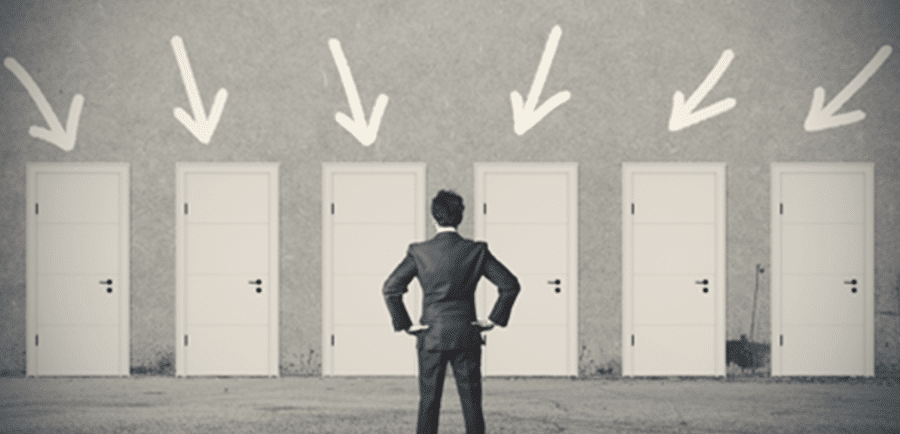Last week we renamed the impending "recession" being brought on by the RBA's interest rate battle against inflation - "bottom-line recession” - for the construction industry.
Bottom-line recession is the dramatic erosion of profits caused by runaway cost inflation that cannot be immediately passed on to the consumer of construction services.
Most contractors have never seen inflation like this, especially cost inflation that has not been included in their estimate.
Contractors may initially feel uncomfortable with the recession defence mechanisms we suggest below, but during this unusual “earnings recession” they are clearly appropriate.
1. Downsizing as a Defence Mechanism
The reality that cutting the cost of doing business by downsizing can be an excellent defence against declining profits should be self-evident but is rarely used by contractors.
- The first downsizing move is to cut overhead proportionally (to the extent possible) to the degree wage and material costs have inflated and not been priced into existing contracts. This move will enable you to produce work profitability that would have otherwise generated losses caused by rapidly increasing costs originally invisible to the estimators.
- The second defensive move is to simply take less work. If a firm attempts to maintain sales volume during periods of runaway cost inflation, it will be competing for work with low bids that can render every project unprofitable. (More cheap work is simply more cheap work.)
- Chasing work just to maintain sales volume during a “bottom-line” recession makes little sense. One bad job can be devastating because all the other projects have a low margin, so there is not a lot of room to make up for losses.

2. Project Selection as a Defence Mechanism
Construction is a low-profit margin business with the ever-present possibility of a losing project in both good and bad markets.
The competition for scarce work often tempts construction professionals to ignore risk factors or discount their impact when selecting projects.
However, for the reasons stated above, during "bottom-line recessions" every future project must be considered potentially fatal.
On a scale of 1 to 10, (1 representing little risk and 10 representing fatality!) the following risk factors rate a score of 10:
- Projects outside a firm's familiar territory.
- Projects of an unfamiliar type or larger size than the organisation has experience building.
- Projects that exceed the firm's capital capacity.
- Projects utilising subcontractors the firm has never worked with.
- Projects with an extended completion time (a year or more).
- Projects by developers the firm has not worked with in the past.
During periods of runaway cost inflation, stay away from these projects!
3. Cash Flow as a Defence Mechanism
Inflations, recessions, and even "bottom-line recessions" are all temporary market fluctuations that require agile management.
For example, taking less work rather than more during recessions can have a positive effect on cash flow.
If a business is doing less work each month compared to the prior month, they will be collecting payment for the greater amount of work completed the prior month but spending less doing a lesser amount of work in the following month.
Over time cash flow can improve considerably even during recessions.

4. Slow Growth as a Defence Mechanism
The construction industry is addicted to growth.
Construction is a cash flow business that relies on future cash flows to sustain current business activity.
Top line growth is the obvious way to maintain healthy cash flow, so contractors become addicted to top line growth.
A problem arises over time, however, when margins are too thin and some of the work does not generate a profit.
In that case the contractor is using more cash in the present to generate less cash in the future.
Low-margin or unprofitable new jobs use cash.
They do not generate cash.
So, when rampant cost inflation pushes the industry into a "bottom-line recession" - SLOW DOWN. Take only smaller jobs that you know you can complete profitably and wait out the runaway cost inflation.

Insanity
"Doing the same thing over and over and expecting different results" is the classic definition of insanity.
In every downturn since WWII, the construction industry suffered reductions in profit margins, losses, and an increase in the number of business failures.
All these occur while the potential for profit still exists if the business adequately adjusts to the new market conditions.
Construction's current "bottom-line-recession" certainly qualifies as a "new market condition".
During this first-in-a-generation bottom-line recession, the contractor's ability to quickly adapt has never been more crucial.
-----------------------------------------------------------------------------
Article contributor: Dr Thomas C Schleifer
-----------------------------------------------------------------------------
If you're an electrician, plumber, painter, carpenter, or any other tradie business owner turning more than $1M a year looking for assistance with your tax, accounting, bookkeeping, and business advisory - click here to learn more!

